The video intercom in my apartment has started ringing on its own at random intervals.
The outdoor panel doesn't have a physical doorbell button: the designer opted for a trendy touch sensor that lasted all of six years before these intermittent failures.
This is a common, known problem for this line of intercoms, and my specific model has been discontinued years ago. I'm not eligible for a replacement, and changing the outdoor and indoor units costs $500+.
I've isolated the problem to the (resistive?) touch sensor itself: if I disconnect it, the random ringing disappears and the rest of the unit works perfectly.
The picture shows the sensor: it has five leads, the central one is connected to comb-like traces interleaved with the other four. The doorbell can be configured for a single user, two users (the upper and lower half become two independent buttons) and four users.
My question is: can I modify the circuit so that the touch sensor becomes less sensitive? As in, a finger touching it would trigger it, but it will not react to temperature / humidity / phase of the moon changes?
I was thinking of simply adding a resistor in series to the central lead, but I have no idea if this would work, nor how to select an appropriate resistor.
